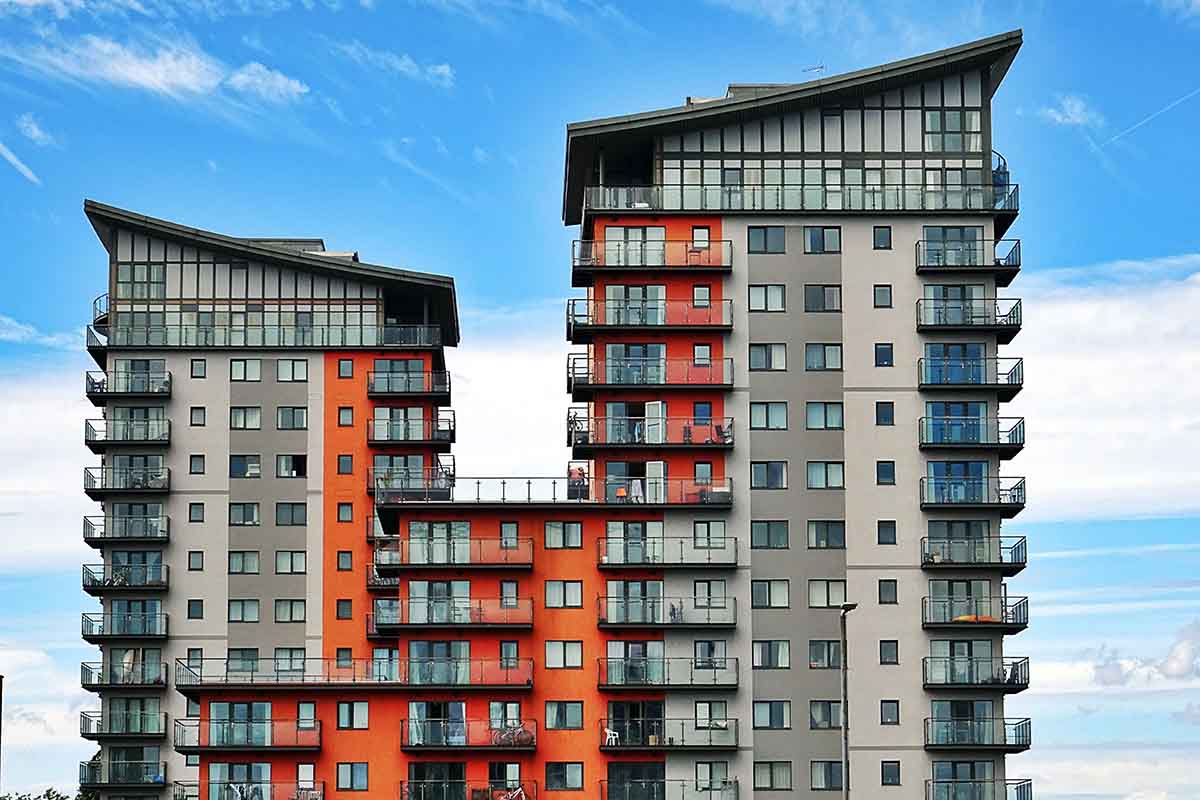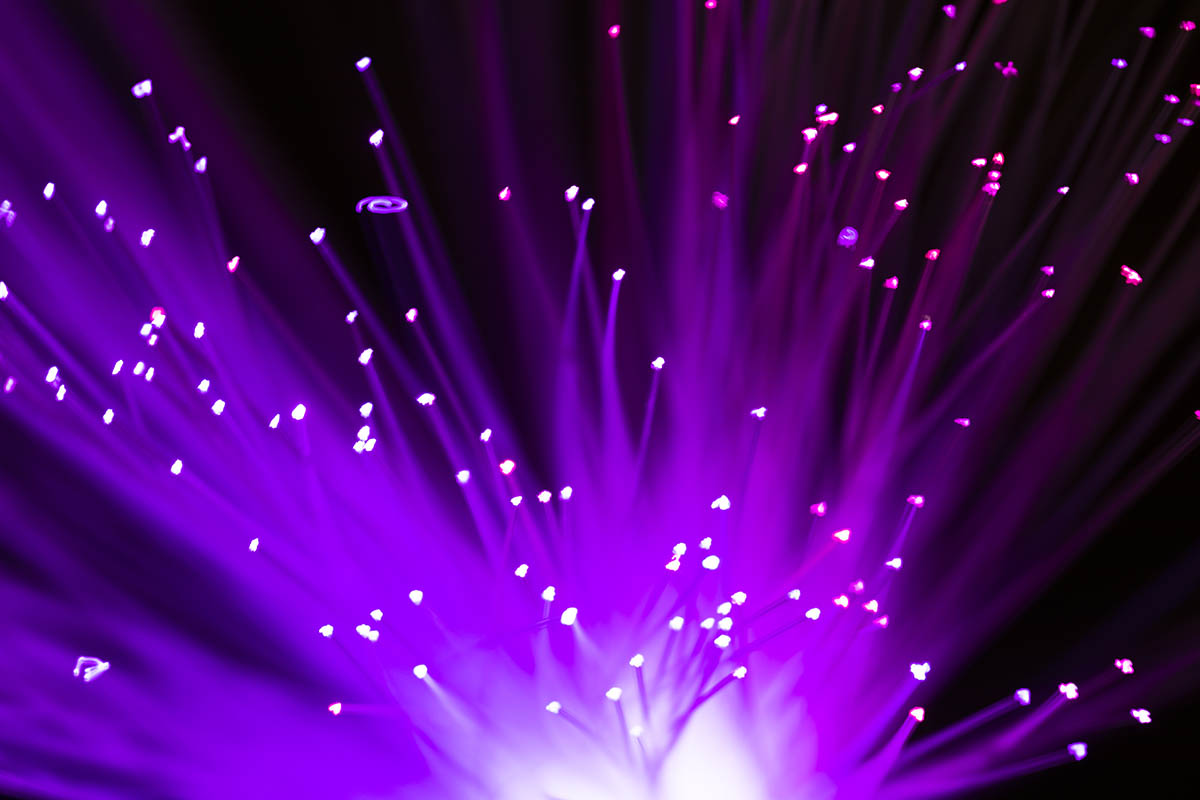Essentials of Fiber Optic Installation in Your Apartment Building
Fiber-optic internet is one of the most reliable and fastest broadband connections you can choose for your building. Fiber optic installation is fundamentally different from other internet connections.
You may need some special equipment and techniques to set up the connection. Read on to understand the basic requirements for setting up fiber-optic broadband in your apartment.
Types of Fiber Internet Connection
According to a recent statistic, the fiber optic cable assemblies market size is expected to grow at an annual average of eight percent during 2021–2027. Before you think of investing in a fiber optic connection, you must get familiar with the different types of fiber internet connections you can bring to your home.
Fiber optic internet offers the fastest speed and reliability. Understanding what is fiber internet ensures you make informed decisions for your connectivity needs, providing a foundation for seamless and efficient online experiences.
FTTP or Fiber to the Premises
Here, fiber optic internet cables connect directly to your home. It is one of the most expensive, yet the best, internet connections you can have on your premises.
FTTB or Fiber to the Building
Here, the internet cables connect to the standard hub within the apartment. It then distributes the service via copper wires to individual flats in the building.
FTTN or Fiber to the Node
Here, a hub is located centrally in a neighborhood. It is a cost-effective solution as existing cable infrastructure can transmit the internet from the hub to all the apartments located in the neighborhood.
Essential Requirement for Fiber Optic Internet Connection
Here are the fundamental elements you may need for fiber optic installation in your homes.
Fiber-Optic Cable
The first step is selecting a cable provider who will bring your fiber-optic cable to your home. Fiber-optic cables are made up of two parts:
- Core: It is the innermost part of the cable through which light passes that carries data. It is usually made of glass;
- Cladding: Cladding is the covering of the core made of thick glass or plastic. The cladding keeps the optical light within the core because of the low refractive index and optical density.
These fibers carry binary data in the form of light at a breakneck speed.
Optical Amplifiers
As binary data travels through the cables, it loses signal strength while transmitting to longer distances. Optical amplifiers present between connection nodes help to boost the signal and help it reach different homes. It ensures that you get an uninterrupted data service at all times.
Optical Network Terminal
When you choose an FTTP connection for your home, the technician will install an optical network terminal (ONT). The ONT converts the fiber light to electrical ethernet to get internet access to your home. The ONT is installed outside the building, garage, or apartment. Opting for an FTTP connection ensures high-speed internet on a fiber optic network, guaranteeing faster and more reliable internet access for your home.
Router or Ethernet Cable
Once ONT is set up outside the apartment, the final step is to install a router or ethernet cable to use the internet in your home. A router will convert the digital signals into a wireless signal for an internet connection to computer devices.
Fiber optic installation in apartment building: conclusion
Fiber optic internet is widely popular as it transmits data at the speed of light. You can connect multiple devices and get uninterrupted internet speed at reasonable rates. It is essential to install a reliable network that offers greater data security. You can easily install fiber optics with minimum hardware and high durability.




















